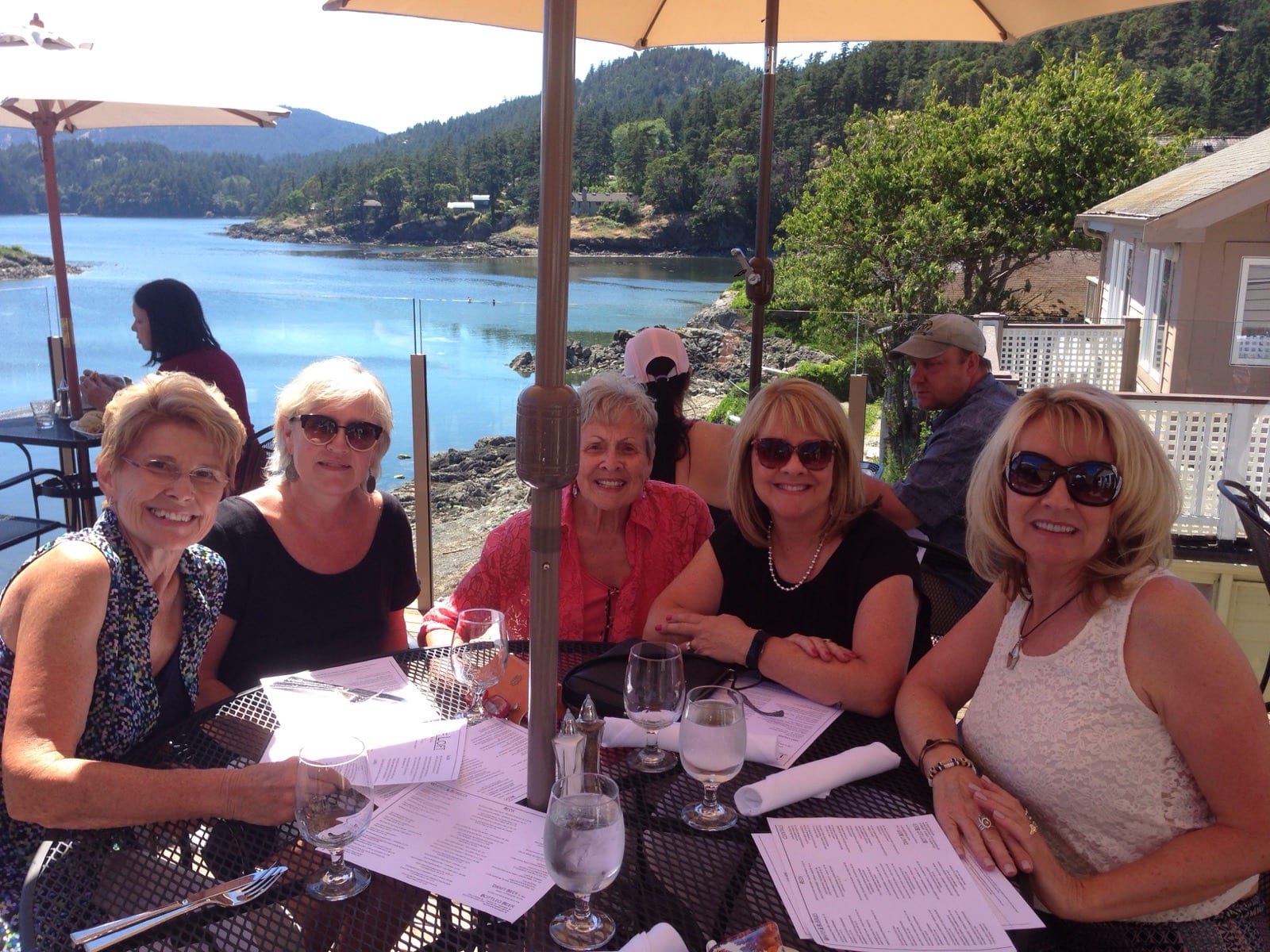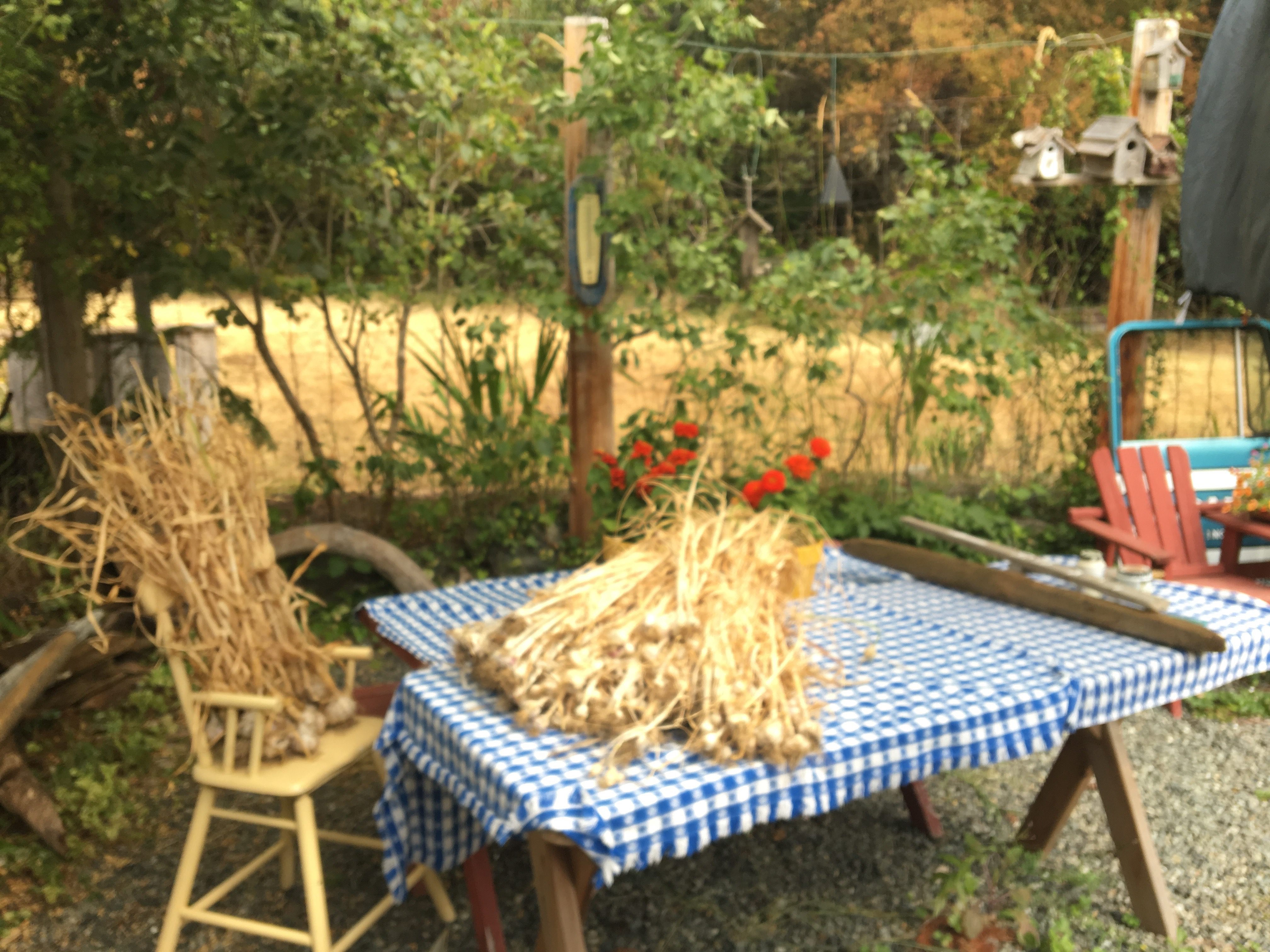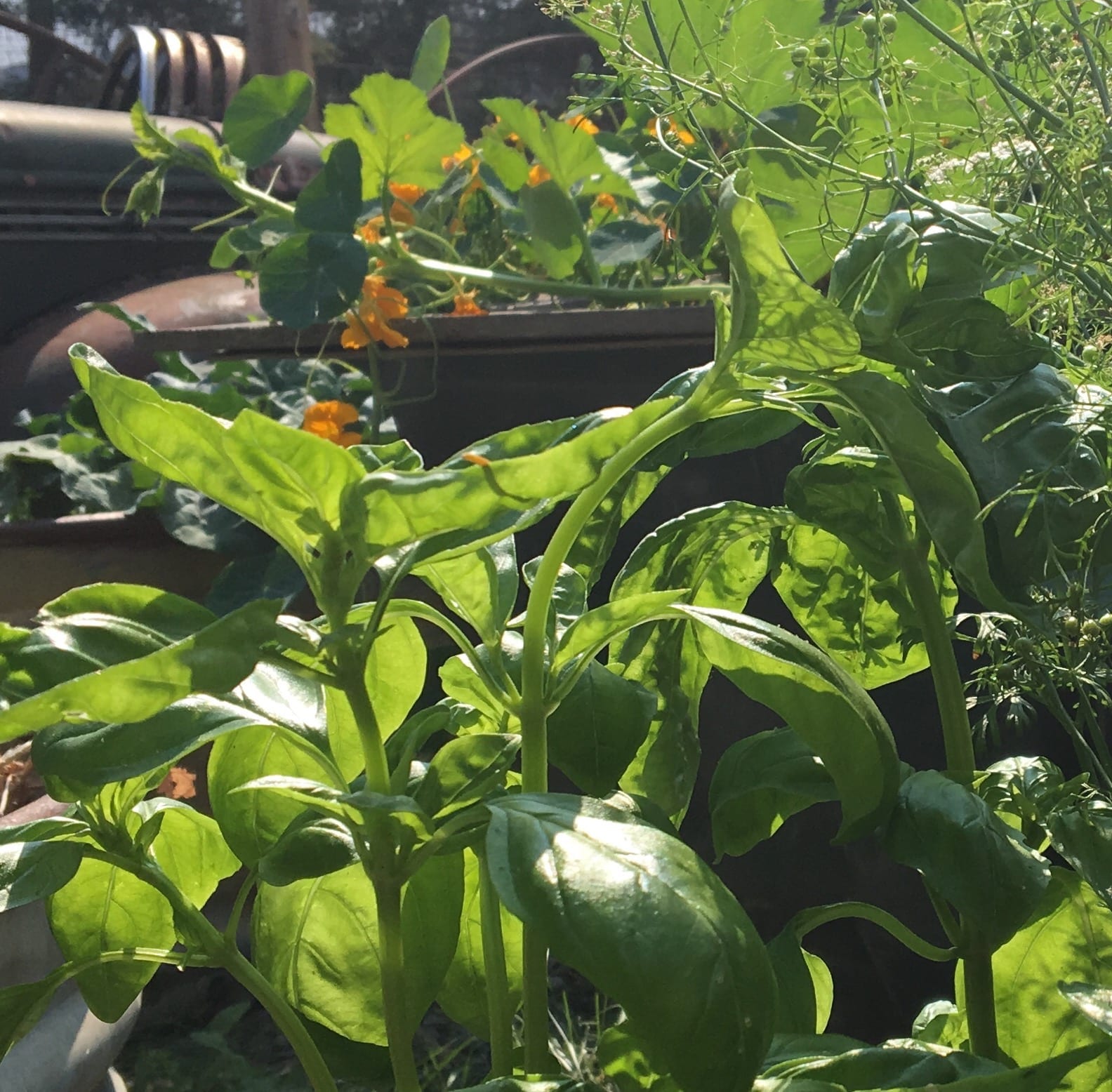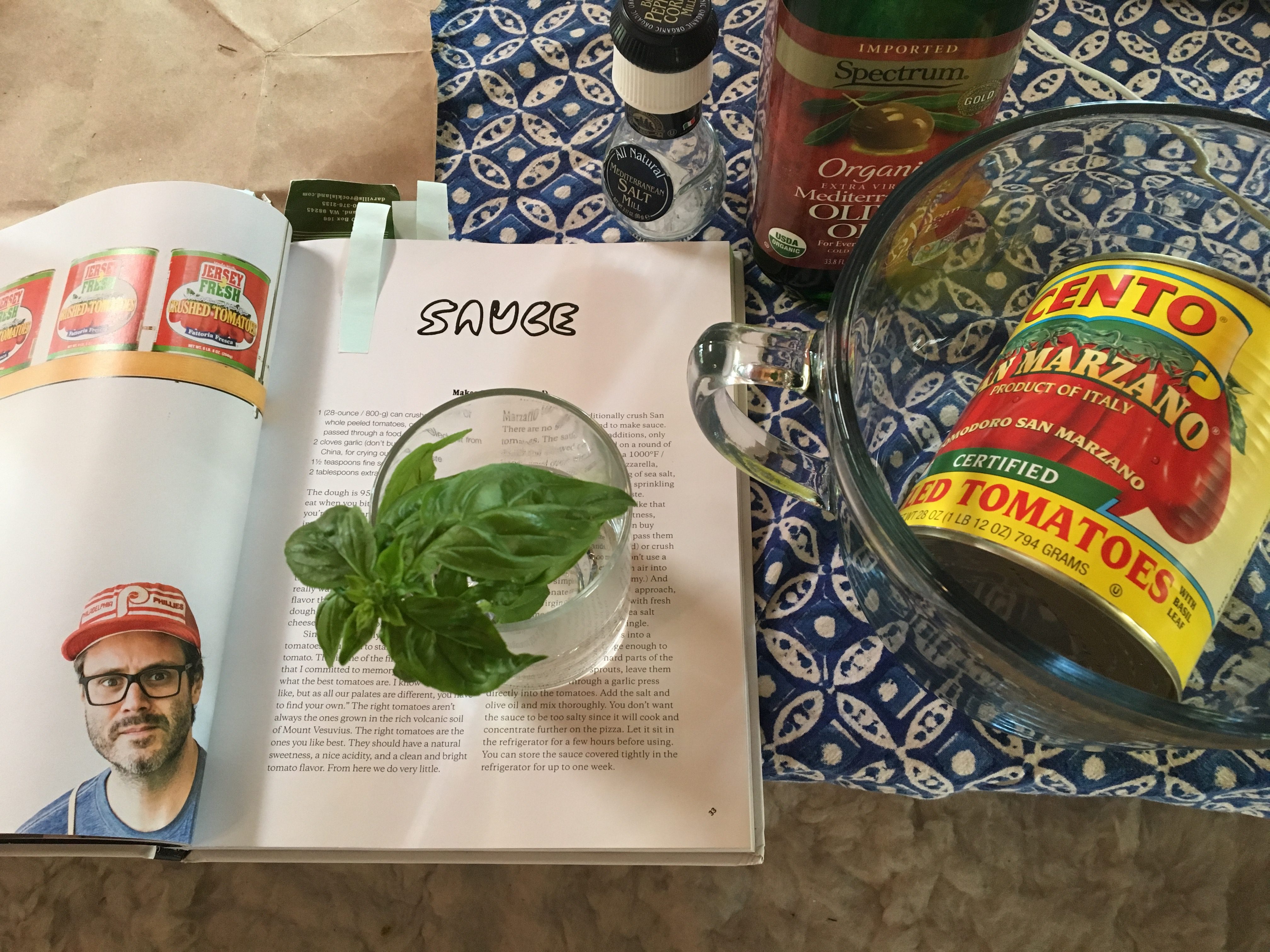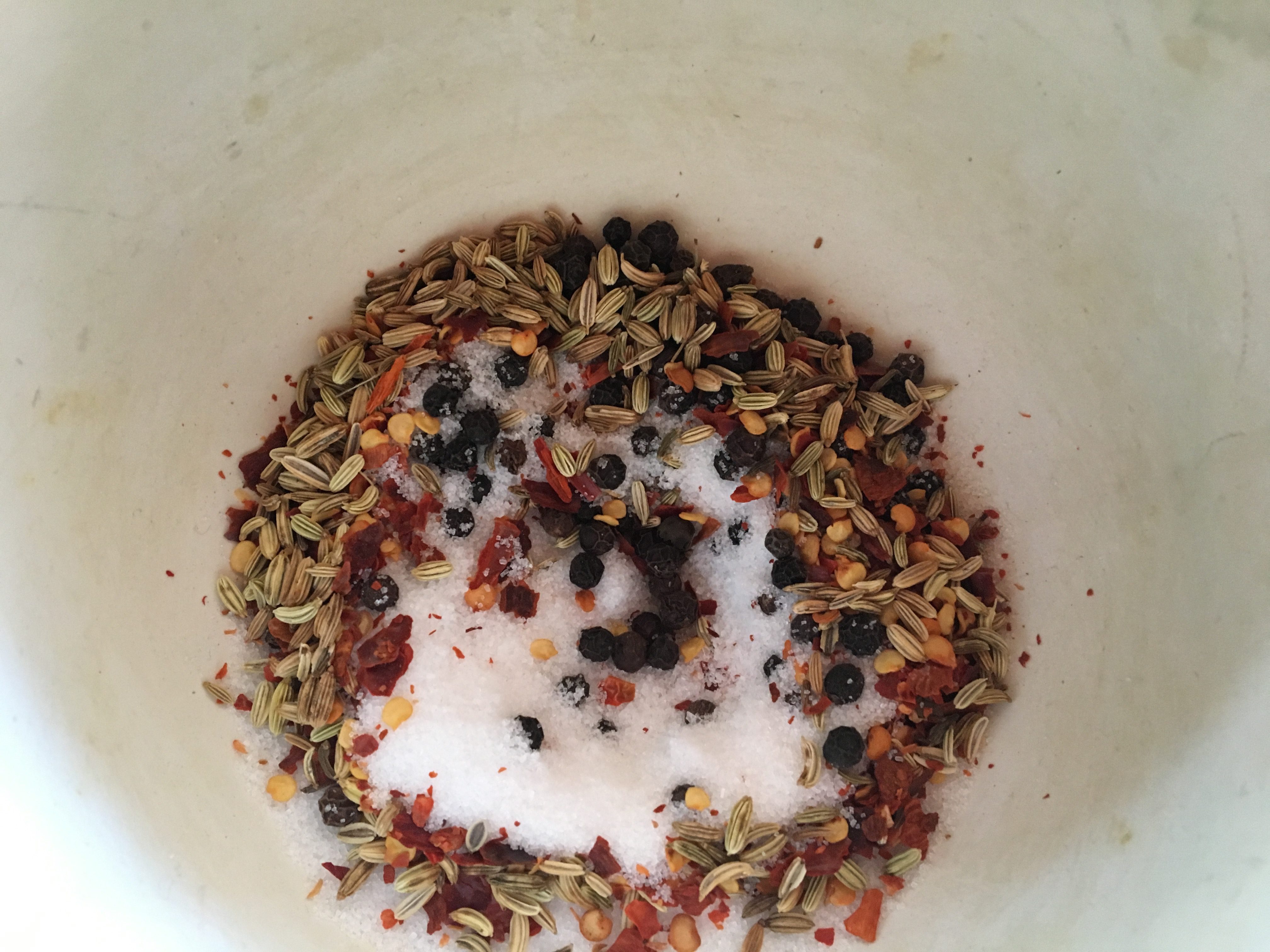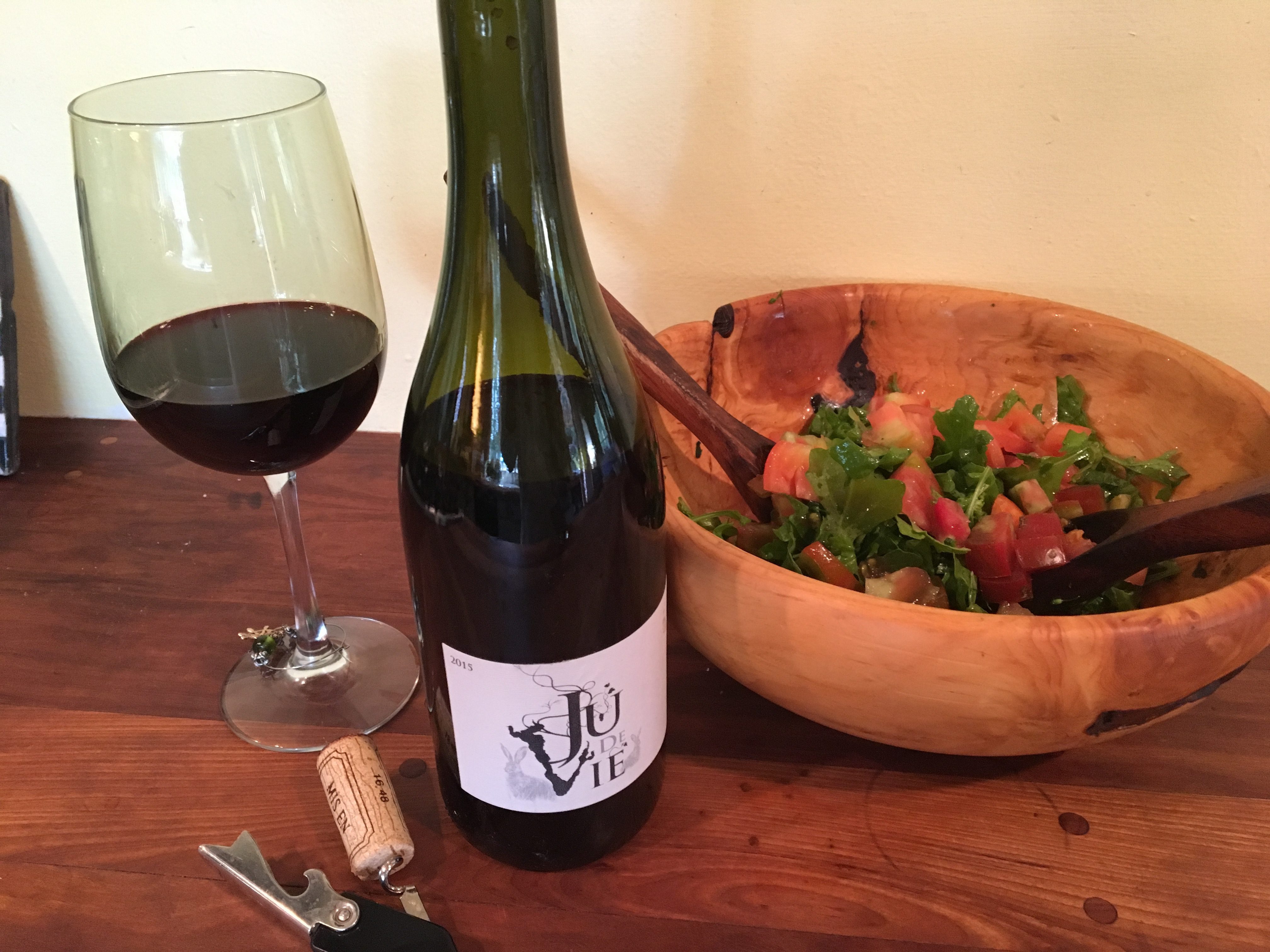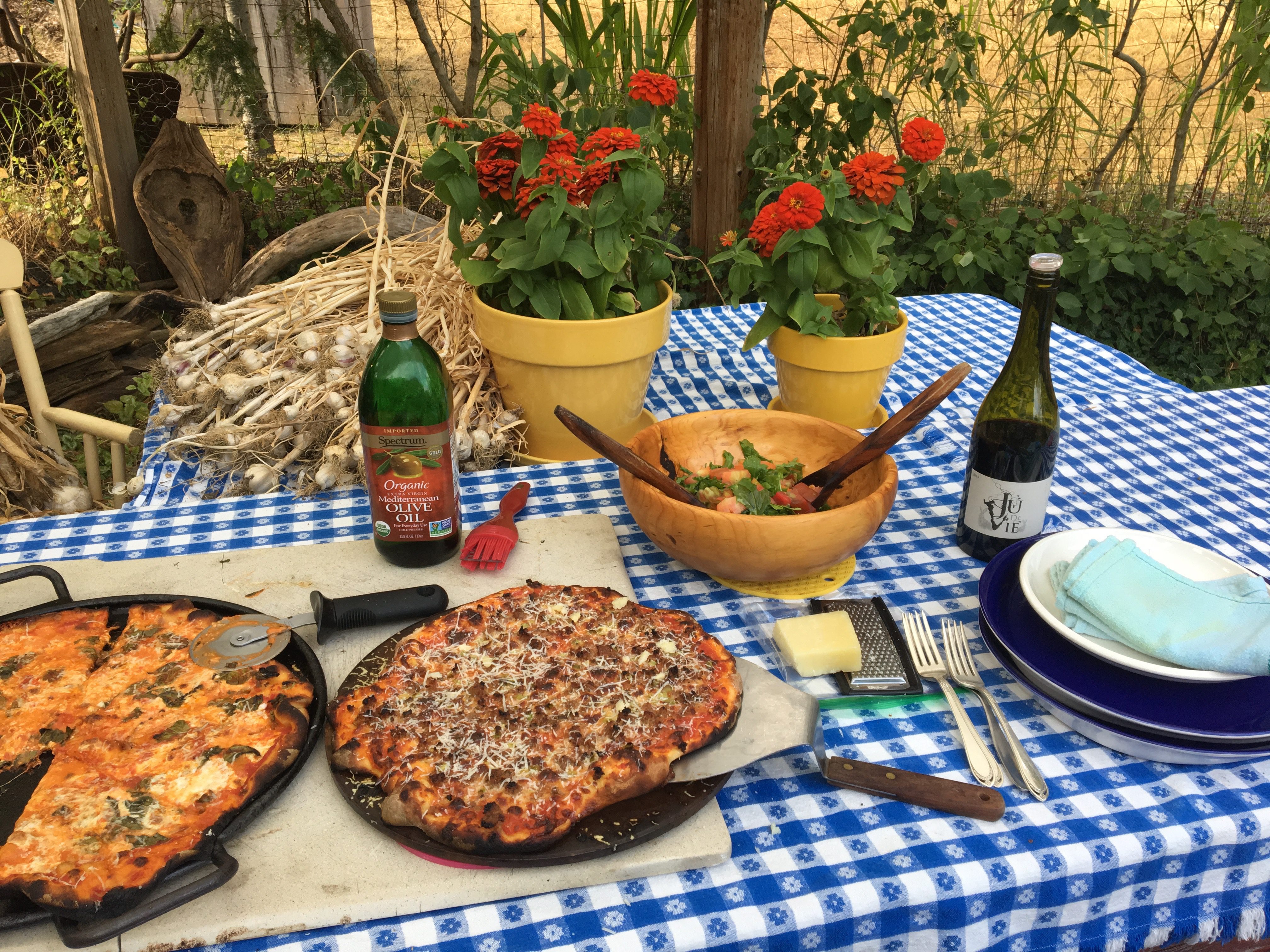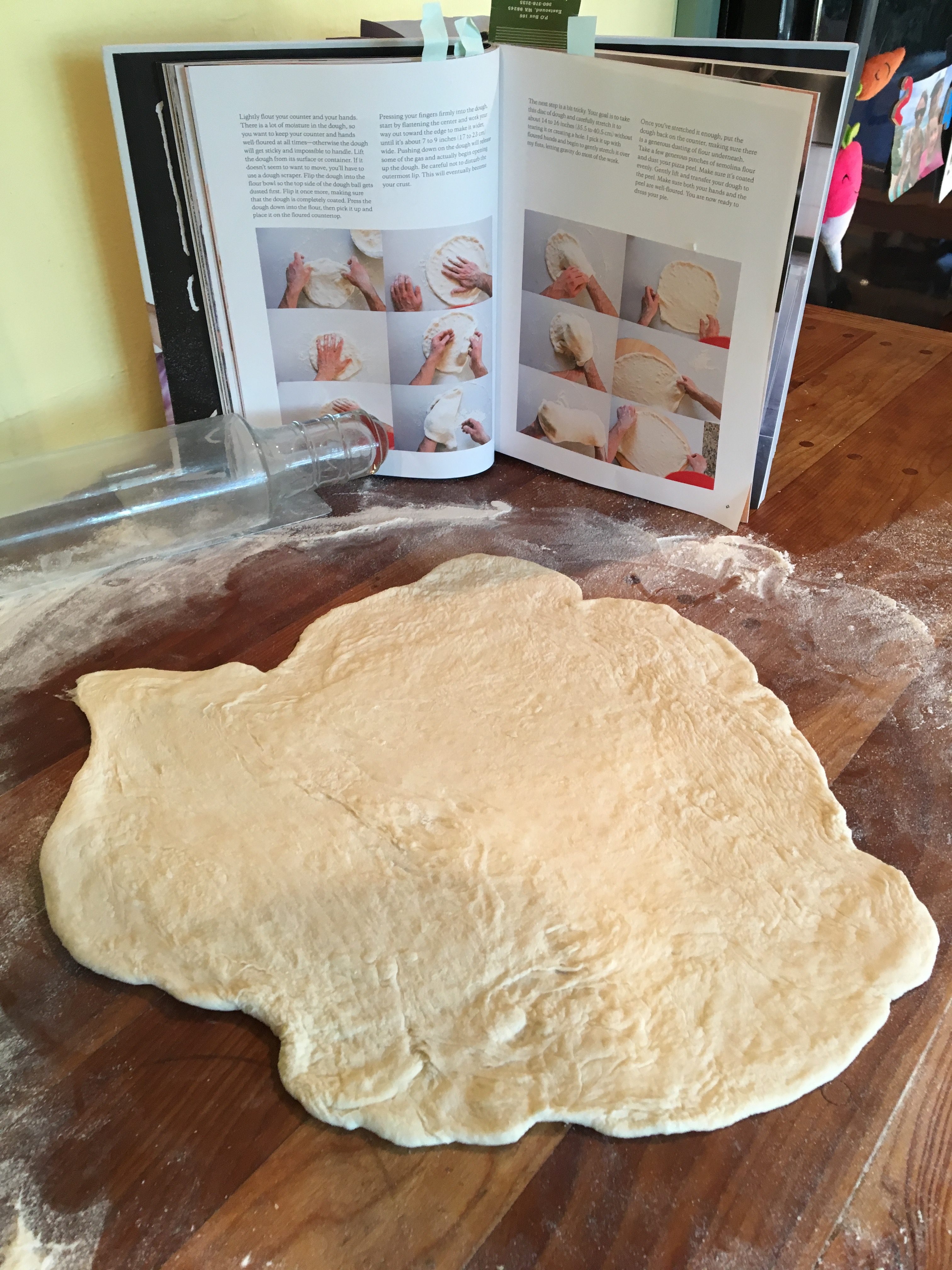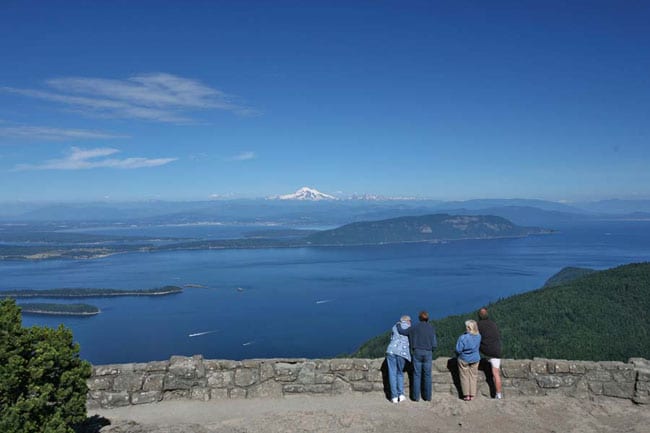 Looking out from one of the stunning viewpoints atop Orcas Island’s Turtleback Mountain or Mount Constitution, it’s easy to imagine that the evergreen archipelago spread out below you has existed as-is since time immemorial. Indeed, the rock you’re standing on may be more than 500 million years old!
Looking out from one of the stunning viewpoints atop Orcas Island’s Turtleback Mountain or Mount Constitution, it’s easy to imagine that the evergreen archipelago spread out below you has existed as-is since time immemorial. Indeed, the rock you’re standing on may be more than 500 million years old!
Far from being permanent, however, Orcas is part of a dynamic system that has changed in remarkable ways within the blink of an eye—geologically speaking.
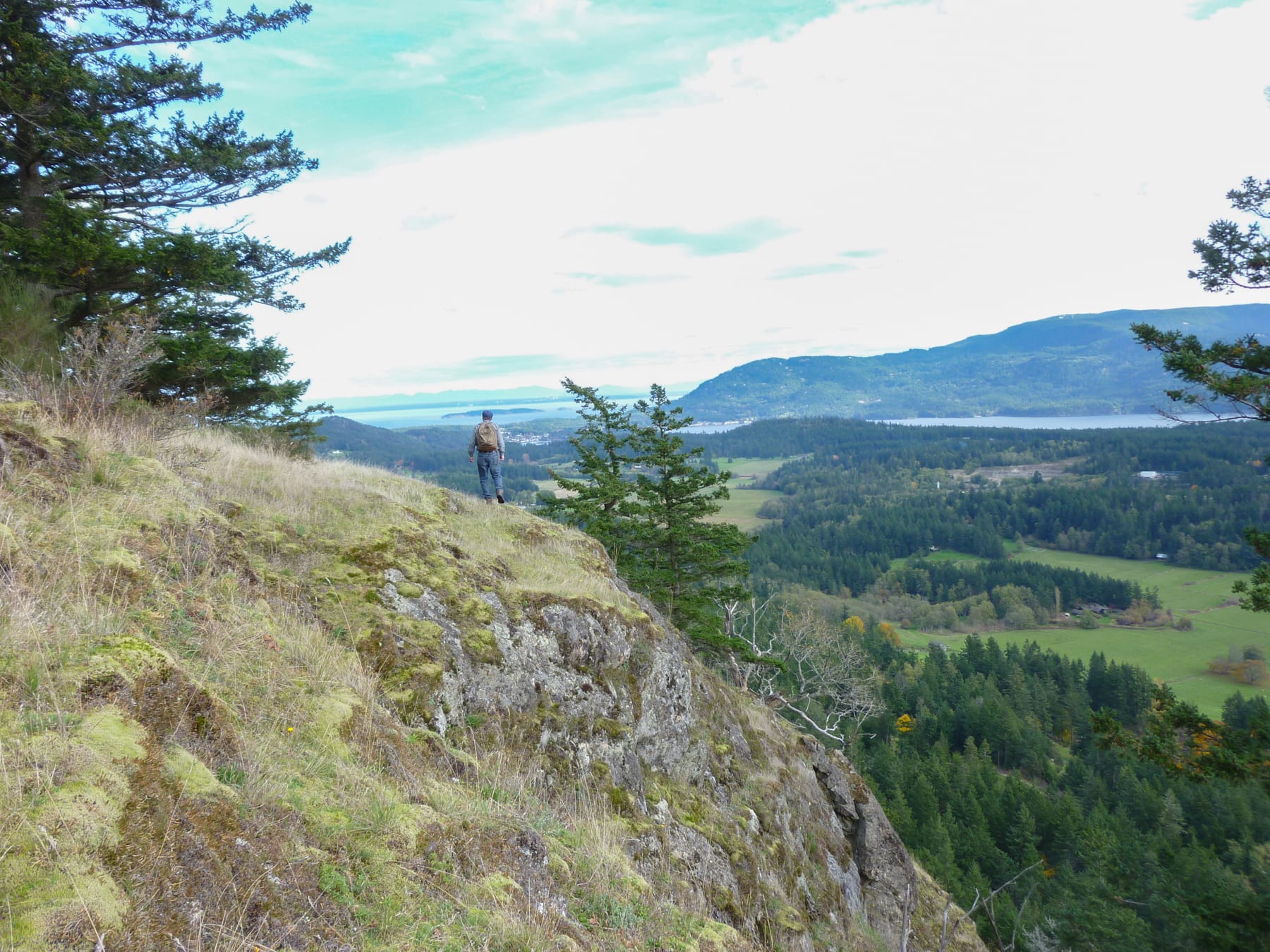
Ancient oceanic rock on Turtleback Mountain – from Mexico!
For one thing, back when dinosaurs stomped around the landscape, Turtleback Mountain was at the bottom of the sea. And it was in Mexico. Yes, Orcas was once south of the border where Baja lies today! In fact, all of the San Juan Islands are still slowly sailing through the cool waters of the Salish Sea, moving northeast at about an inch-and-a-half a year.
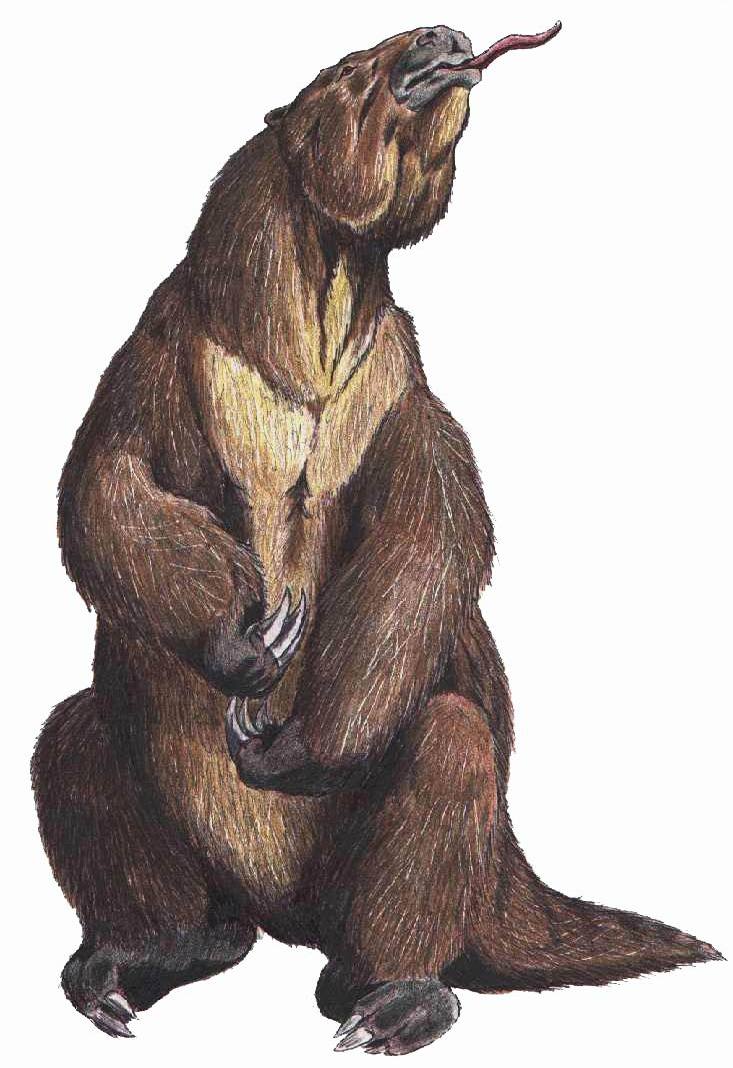
An elephant-sized Giant Ground Sloth roamed our turf just 12,000 or so years ago
During the last ice age you could skate across Orcas Island, which was buried beneath a mile of ice. It was the advance and retreat of glaciers that ultimately shaped the dramatic setting you see today, smoothing and scarring the rocky highlands while excavating the deep channels that eventually filled with seawater and turned hilltops into islands.
Not too long ago, our island wasn’t even an island. Orcas was part of a larger land mass upon which very large—but now extinct—animals such as giant ground sloths, short-faced bears, mammoths, and herds of nine-foot-tall buffalo roamed.
A fascinating archeological discovery was made on the east side of Orcas in 2003. Though a dozen Orcas sites have unearthed remains of the extinct giant bison, Bison antiquus, bison bones found at the Ayer Pond in Olga were the first to show evidence of human butchering. The significance of this discovery is that it puts humans in the Salish Sea by 14,000 years ago — a thousand years earlier than previously believed.
I find all of this quite mind-blowing, and a good reminder of what a tiny blip of time we have on this beautiful earth. One of my favorite poems, Mary Oliver’s The Summer Day, asks so elegantly:
Tell me, what is it you plan to do with your one wild and precious life?
While I’m still trying to figure that out, I realize I’m actually already doing it: living a simple life on Orcas Island, with a genuine love for the world around me.
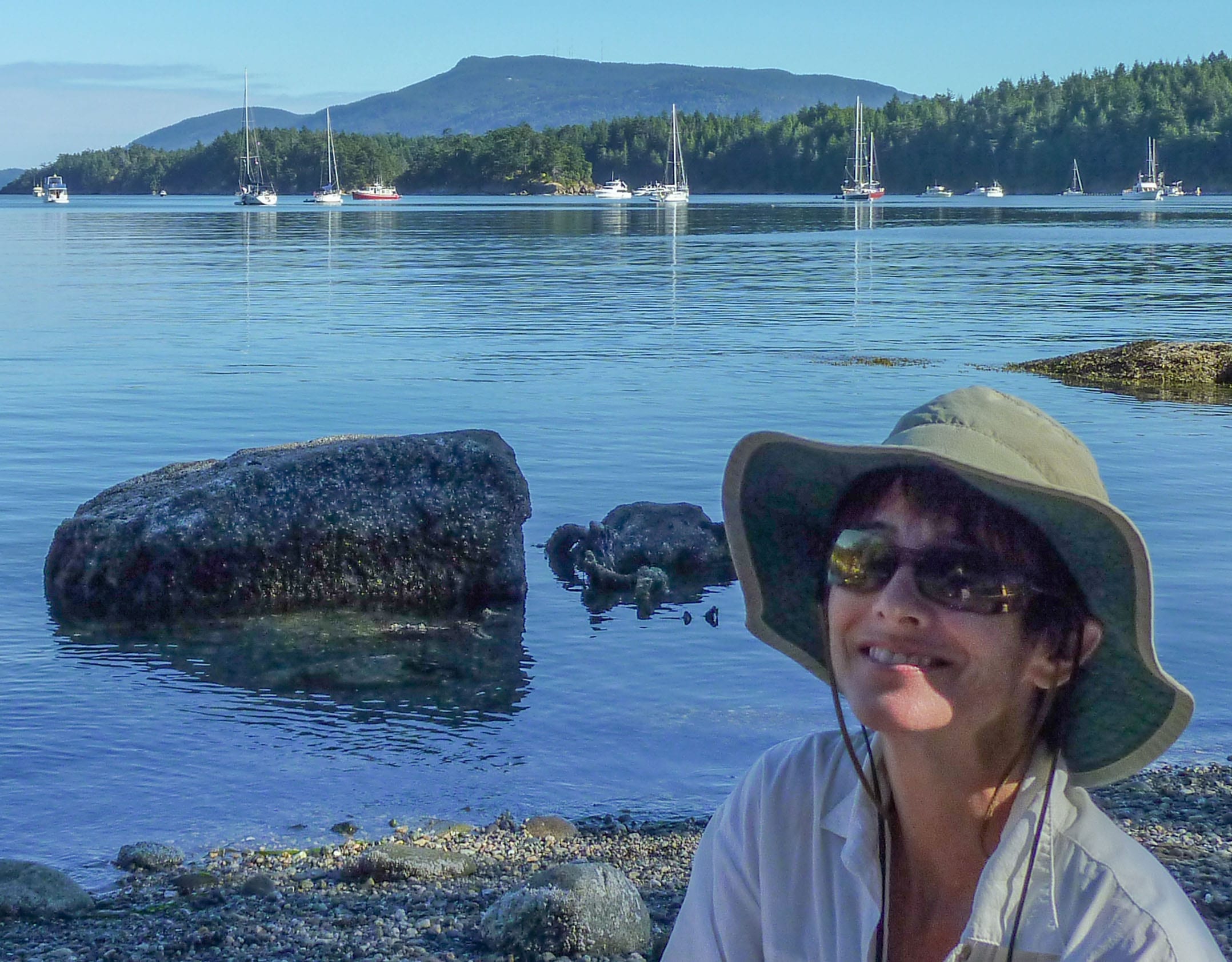
Sandi Friel, Realtor and life-lover on Orcas Island
Dreaming of the simple life on Orcas Island? Contact me to help find your way home.

